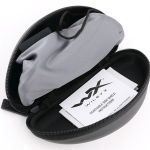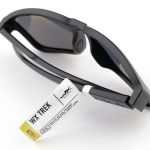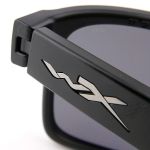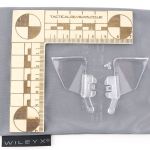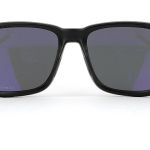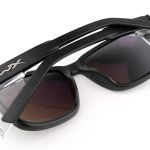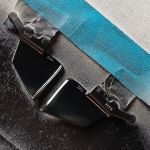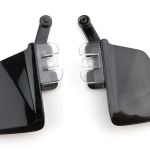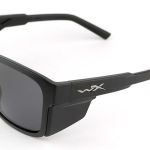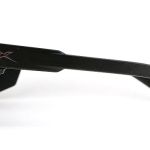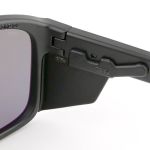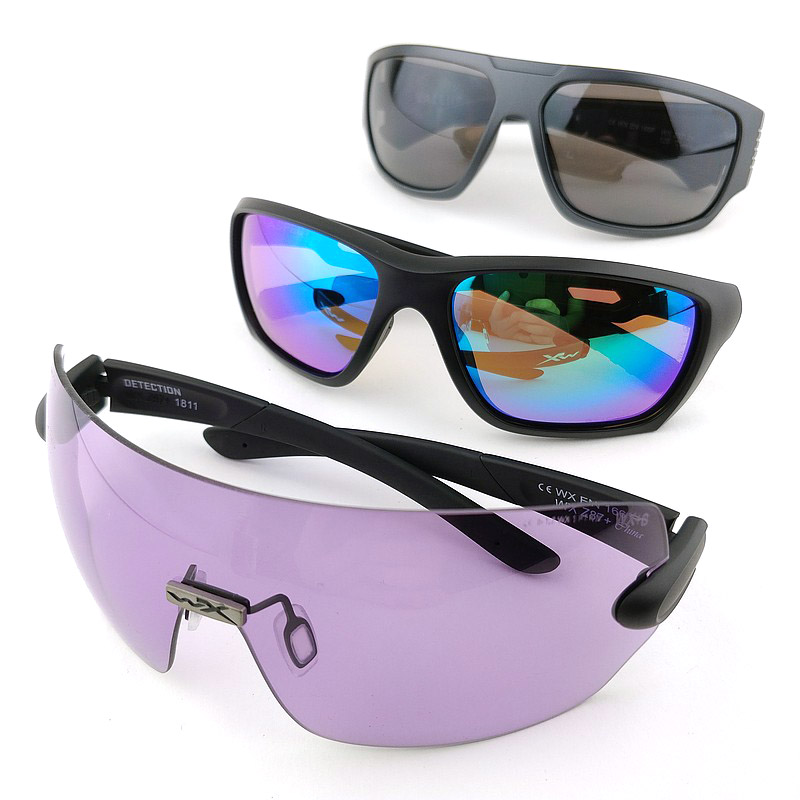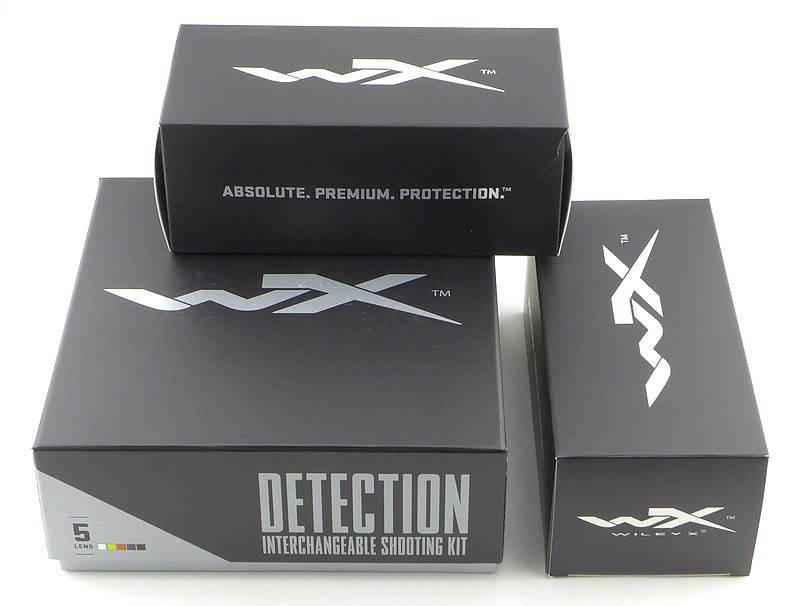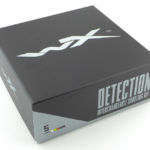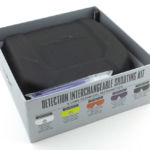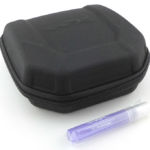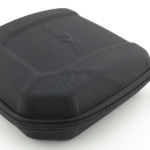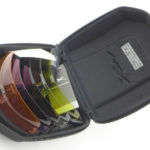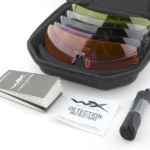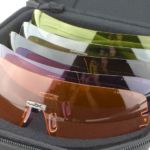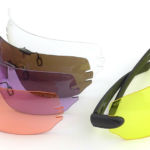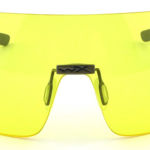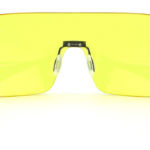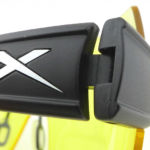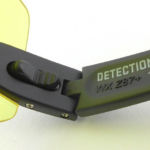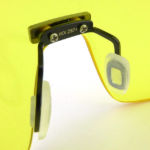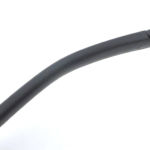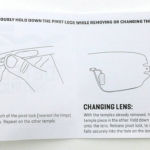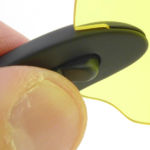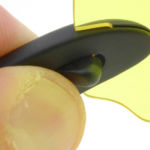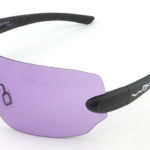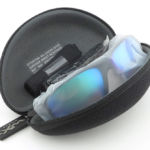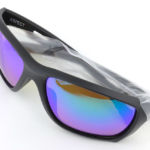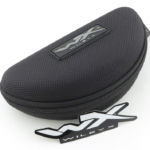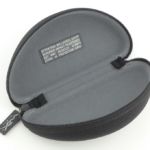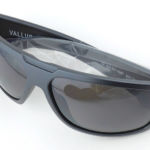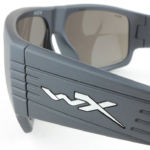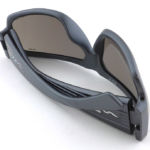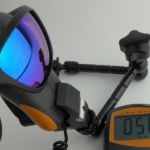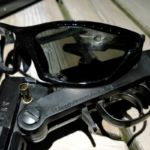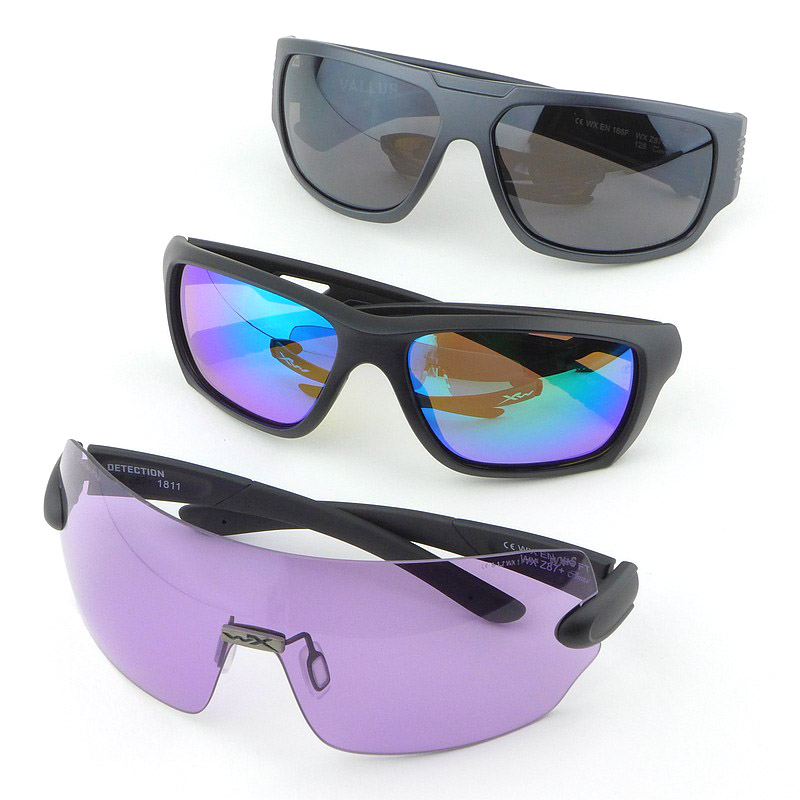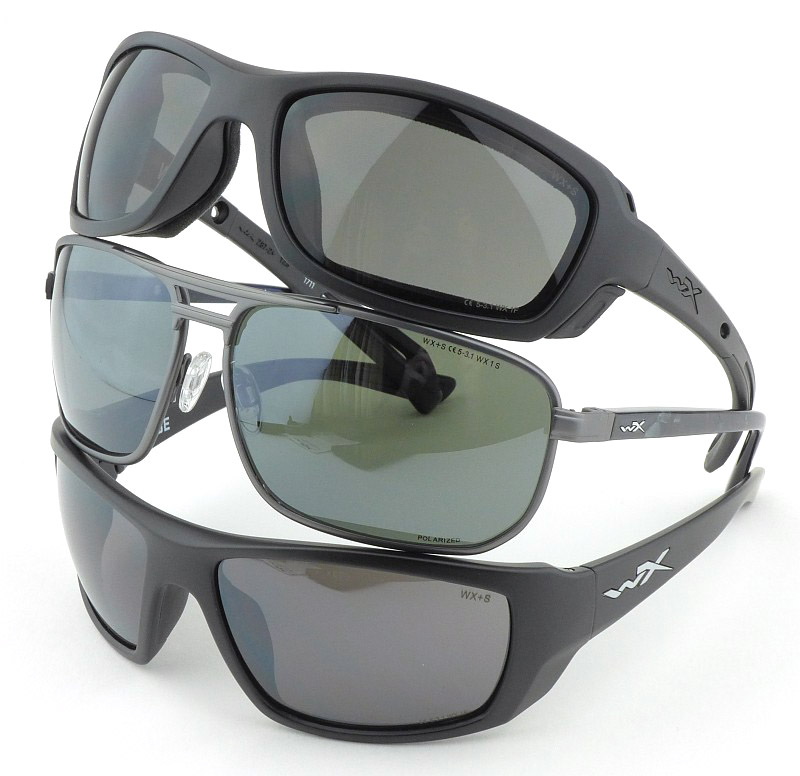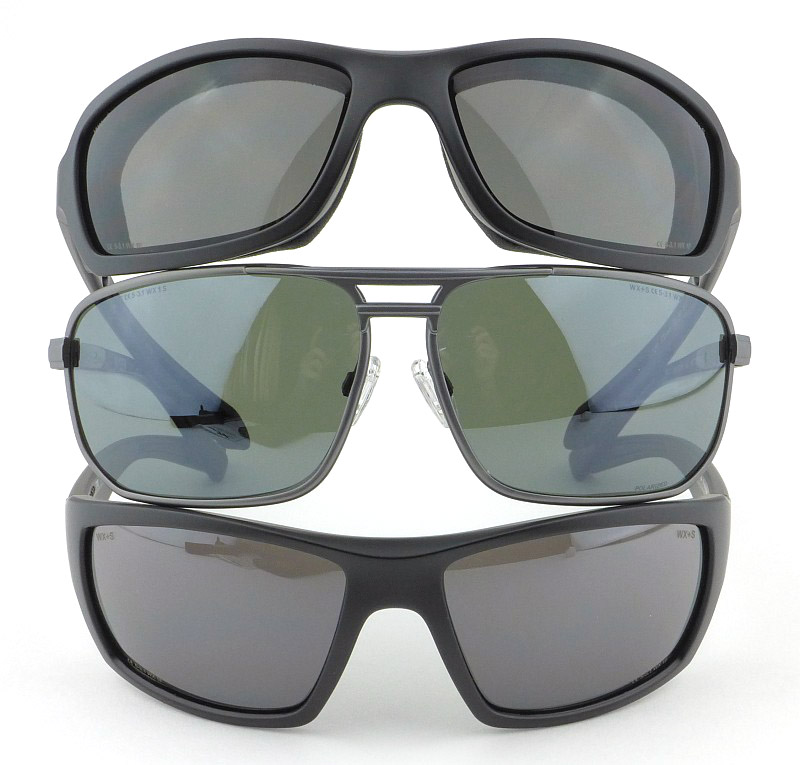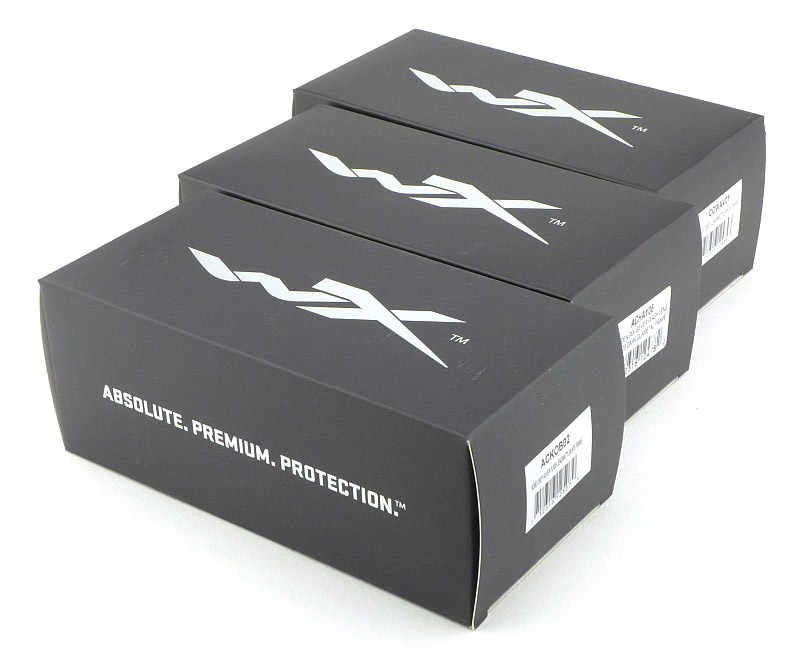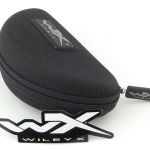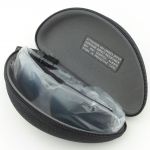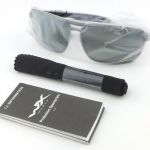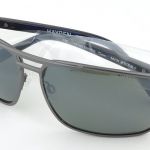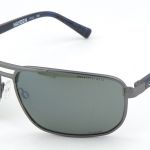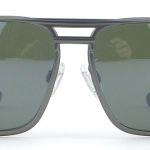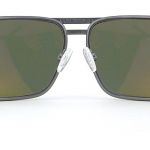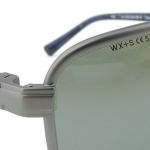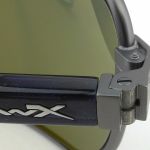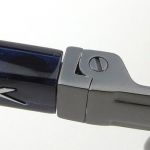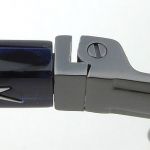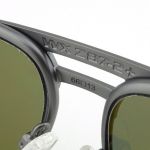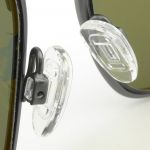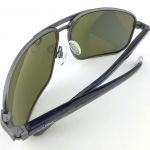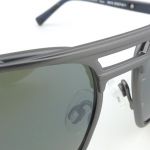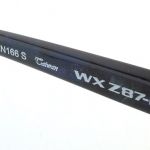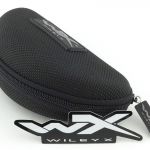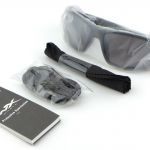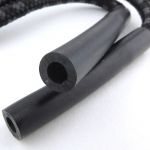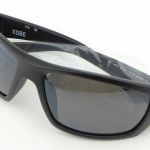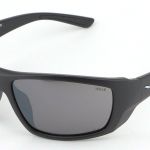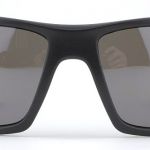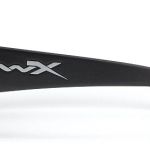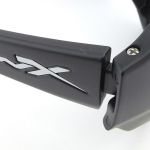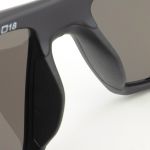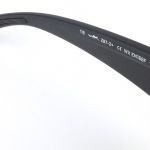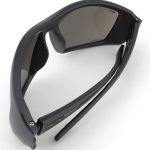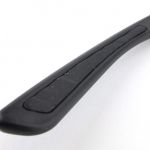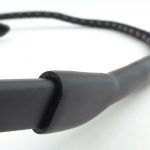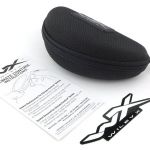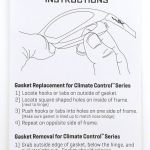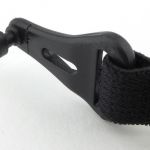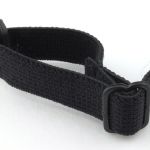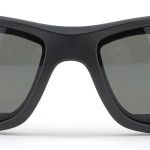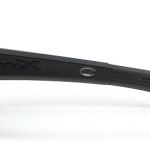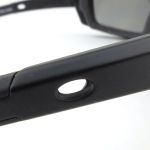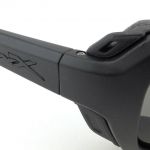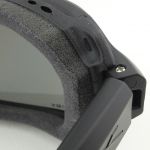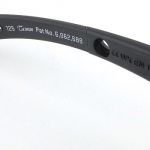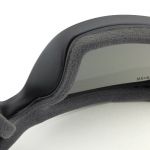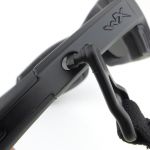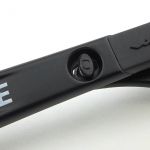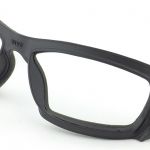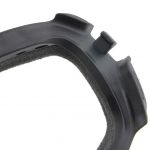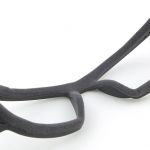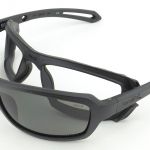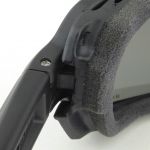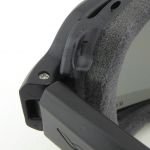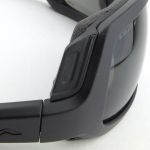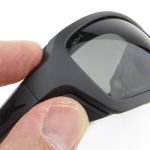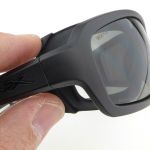The Trek is a model which introduced yet another innovation from Wiley X, the removable side shield. This allows for a flatter and more traditional style of frame without sacrificing the Wiley X feature of meeting EN. 166 & ANSI Z87.1 safety standards.
In this review, the version of the Trek on test also features the Wiley X CAPTIVATE lens which I previously covered as a separate in-depth review – Wiley X Captivate Lenses (Models shown – Contend, Peak and Breach).
As someone who relies daily on the best quality sunglasses, but that also needs EN. 166 & ANSI Z87.1 safety standards, Wiley X has been my go-to brand and has never let me down.
Since first finding Wiley X many years ago, I’ve not looked back when it comes to eye protection, lens quality, fit and style.
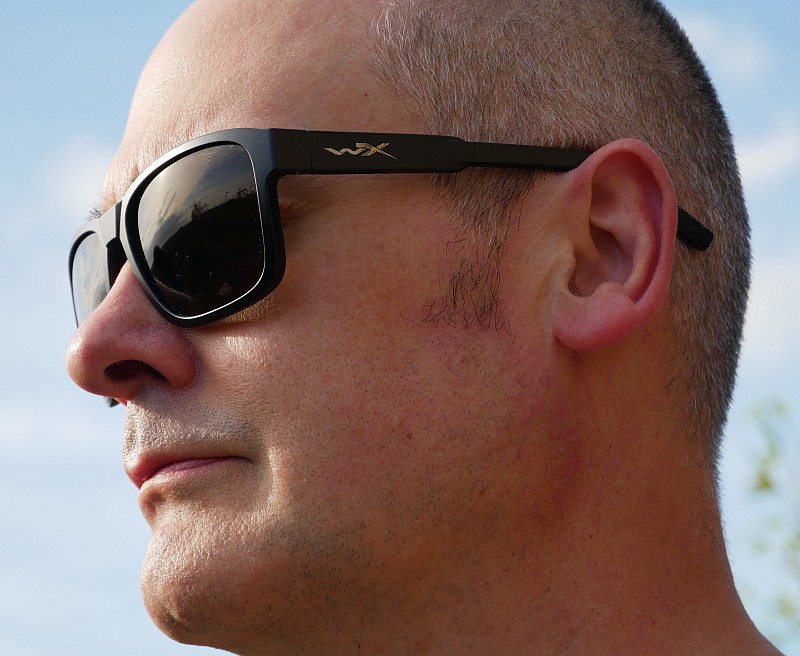
Review Videos
Starting with a short format sixty second review:
Onto a full video review covering many more details:
This video also contains useful information on a slight difficulty with the removable side shields and explains how to prevent the issue.
A few more details:
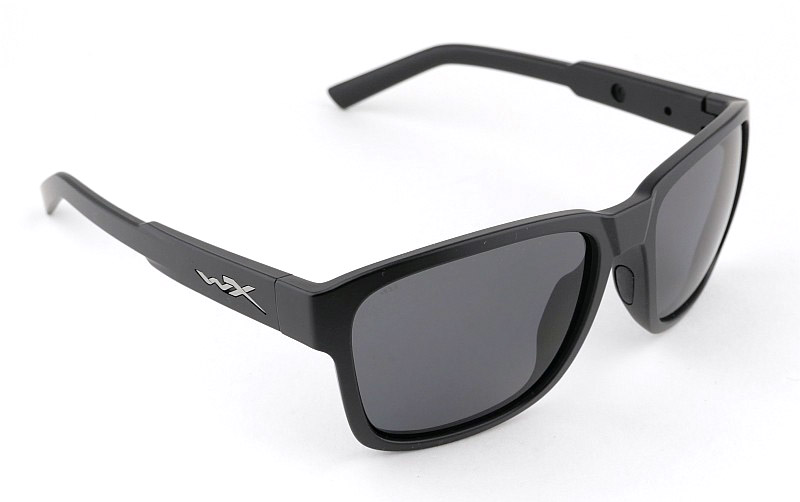
What’s in the box?:
As these Trek glasses have the Captivate lens, they come in the Captivate version of the outer packaging. All the functional parts have been fitted into the case, with just a sticker accompanying the case as you unbox it.
Opening up the zip up case, and inside are the glasses inside a cloth bag, plus a much smaller cloth bag (containing one set of side shields), a neck strap, permanent side shields and some information leaflets.
A good look round the Trek – Things to look out for here are:
With the Trek glasses unpacked, this gallery takes you round views from all sides to show their flatter traditional profile. A closer view of the hinge and fittings for the side shields is included.
The removable Side Shields – Things to look out for here are:
First in this gallery are the two types of side shield with a scale to show their size. On the left is the ‘removable’ type and on the right the ‘permanent’ with separate fixing pin.
Before fitting the removable shield, it is shown next to the arm so you can see how it will fit in. Then the shield clipped into place.
Once the side shield is fitted, when folding the arms, it does interfere with the folding action and also sticks out a little. The knock-on is that it makes getting them into the case more difficult. You need to stretch the zip out to close the case, but you can still fit them in.
What it is like to use?
During testing I immediately found a feature of the side shield fitting that make the ‘removable’ shields, not removable. In fact it would be easier to remove the permanent side shields as there is a fixing pin you can pry out. However, there is a way to prevent this with a minor modification that is best done before you fit them. Wiley X are great at listening to feedback and are making a change to improve this for future versions.
The detailed video at the start of the review also includes information of a work-around you can use to make the removable side shields removable. Using this modification, I have them working as I would have expected, so watch the video to find out how to prevent it becoming an issue for you.
With my specific requirements, as well as the actual physical protection the side shields offer, I also wanted protection from light, so I have customised the side shields I use by blacking them out with spray paint.
Being careful to mask the parts that attach to the arms so the fit would not be affected, I then used a normal metal paint spray (I had a little left over from another job) to give them two coats. Spraying the inner surface resulted in a matt side towards me and the outside looking glossy. Fitting these customised shields to the Trek, and they blended in perfectly while providing the light blocking I need. I would not hesitate to do this again, as it has transformed them for me (unless Wiley X decide to make a black version of the side shield).
This gallery shows the bare Trek, and then similar views with the custom blackened side shields.
Being so used to the wrap around shape for sunglasses, the Trek model gives a really nice alternative styling with a more traditional look. The latest in eyewear technology with classic styling. A great combination.
Review Summary
The views expressed in this summary table are from the point of view of the reviewer’s personal use. I am not a member of the armed forces and cannot comment on its use beyond that covered in the review.
Something that might be a ‘pro’ for one user can be a ‘con’ for another, so the comments are categorised based on my requirements. You should consider all points and if they could be beneficial to you.
I’m starting with what doesn’t work so well, so I can finish on a more positive note.
_______________________________________________
What doesn’t work so well for me
_______________________________________________
‘Removable’ side shields are permanent without modification.
Only clear side shields are currently available.
_______________________________________________
Things I like
_______________________________________________
Classic styling.
No compromise on eye protection safety rating.
Excellent optical quality.
Captivate lens technology.
Super resilient frame material.
Protective bag for the side shields when they are not fitted.
Lightweight and comfortable.

Discussing the Review:
Something new – will it work? A Tactical Reviews Subreddit.
TacticalReviewsChat on Reddit
Please visit there and start/join the conversation.





